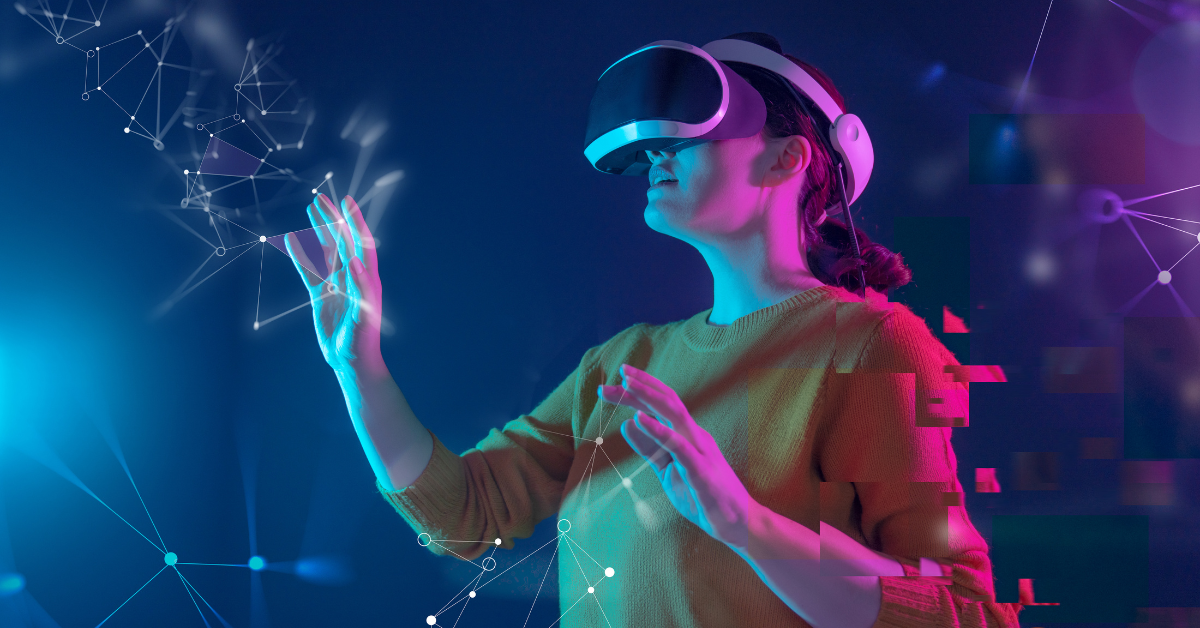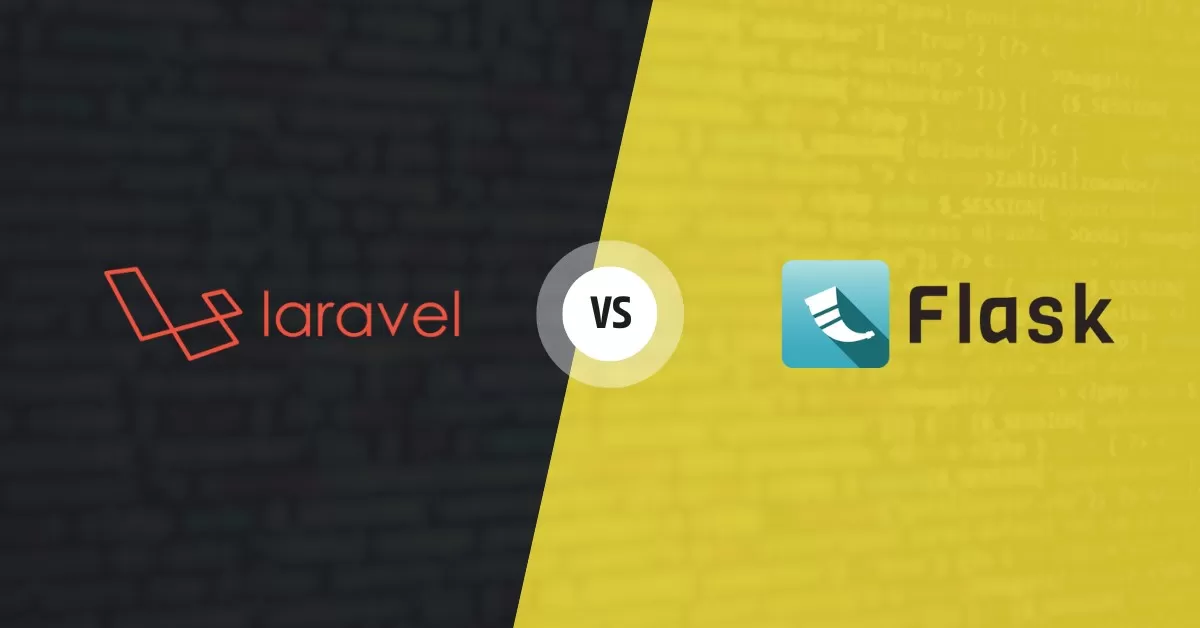Java Development for Augmented Reality and Virtual Reality Applications

4 min read | By Postpublisher P | 17 May 2023 | Technology
Virtual Reality (VR) is a computer-generated environment with scenes and objects that appear to be real, making the user feel they are immersed in their surroundings. This environment is perceived through a device known as a Virtual Reality headset or helmet. Augmented reality is an interactive experience that combines the real and computer-generated content. The content can create multiple sensory modalities, including visual, auditory, haptic, and olfactory. It’s like an enhanced interactive version of a real-world environment, achieved through digital visual elements, sounds, and other sensory stimuli via holographic technology.
Introduction to Java Development for VR and AR Applications

The key difference between VR and AR is that VR is meant to put the user in a virtual environment, while AR brings virtual elements into the real world.
- A VR system typically uses a headset in combination with a variety of sensors to track the user’s movement and relay the appropriate images/feedback creating the sensation of interacting with the virtual world.
- An AR system will typically utilise clear lenses or a pass-through camera allowing the user to see the world around them in real-time while virtual elements are projected on the lenses or rendered on the camera output.
How Java can be used in VR and AR applications
Java Development can be used in VR and AR applications to create interactive and immersive experiences for users. Java is a versatile programming language that can be used to develop applications for a variety of platforms, including desktop, mobile, and web. With the help of Java, developers can create 3D graphics, animations, and simulations that can be used in VR and AR applications. Additionally, Java provides a robust set of tools and libraries that can be used to build different applications with ease. Overall, Java is a great choice for developers looking to create engaging and interactive VR and AR experiences.
Advantages of using Java for VR and AR applications
One of the main advantages is its platform independence, which means that Java code can run on any platform that supports the Java Virtual Machine (JVM). This makes it easier to develop applications that can run on multiple devices and operating systems. Java has a large and active developer community, which means that there are many resources available for developers to learn and improve their skills. Java also offers strong security attributes, which is important for VR and AR applications that may handle sensitive data. Therefore, Java is a reliable and great language that can help developers create high-quality VR and AR apps.
Challenges or problems of Java Development for VR and AR Applications
Java development for VR and AR apps can be challenging due to the high processing power required for these applications. Additionally, VR and AR apps require a high level of interactivity and responsiveness, which can be difficult to achieve with Java. However, with the right tools and expertise, Java can still be a good option for developing VR and AR applications.
Java development in VR and AR applications
Java offers a wide range of libraries and tools that can be used to create immersive experiences. Java-based AR and VR applications can be developed for various platforms, including mobile devices, desktops, and gaming consoles. With Java, developers can create interactive 3D models, animations, and simulations that can be used in various industries, such as gaming, education, and healthcare. Additionally, Java’s cross-platform compatibility makes it the best choice for developing AR and VR.
Examples of Java development in AR and VR
Some examples of Java development in AR and VR include the development of AR/VR games, simulations, and training apps. Java can also be used to create AR/VR apps for industries or companies such as healthcare, education, and manufacturing. In addition, Java can be used to develop AR/VR applications for mobile devices, such as smartphones and tablets.
Future of Java Development in VR and AR Applications
With the increasing demand for VR and AR applications, the future of Java development in this field looks promising. Java provides a robust and good platform for developing VR and AR applications, and its cross-platform compatibility makes it a great choice for developers. In addition, Java has a large community of developers who are constantly working on how to improve the language and developing new tools and frameworks, to make Java enhancements more efficient and effective. Overall, Java is expected to continue to perform a significant role in the development of VR and AR apps in the future.
The latest from our editors
Join over 150,000+ subscribers who get our best digital insights, strategies and tips delivered straight to their inbox.




 (5 votes, average: 4.20 out of 5)
(5 votes, average: 4.20 out of 5)